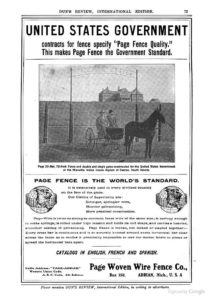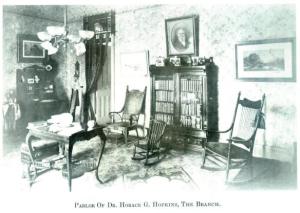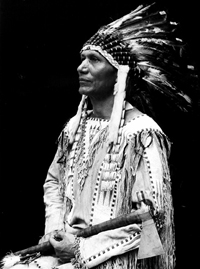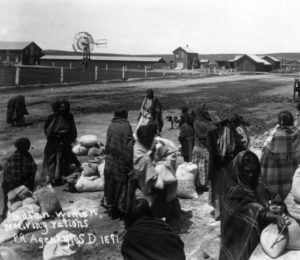The Sioux Valley News, Canton’s weekly newspaper, delivered both national and local news. It kept its readers abreast of world affairs, and also reported the goings-on of Canton citizens in detail, going far beyond important events like births and deaths. On February 10, 1913, the paper reported:
— A blue card on the A. B. Carlson residence notifies the passing public that “Laddie” has the measles.
— I. O. Steensland and John Marston on last Monday shipped sixty head of extra fine cattle to Chicago.
— Rev. F. G. Wood pastor of the Baptist church held a religious service at the Indian Asylum on last Sunday afternoon, which was very much enjoyed and appreciated by the Asylum management and inmates as well.
— E. D. Warner has been entertaining LaGrippe [the flu] for a week. So attentive has he been to his guest that he has not been out of the house during his guest’s stay.
— The Misses Marguerite Brethorst, Susanna Avery, Tena Gedstad and Grace Lewison, of Lennox, were in Canton Monday, and took in “A Comedy of Errors” at the Kennedy opera house.














